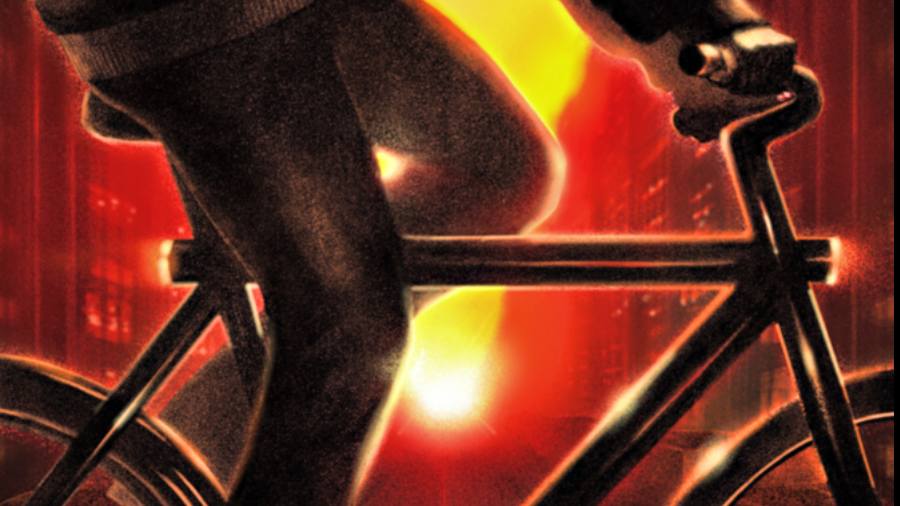Growing up in the Netherlands, with its network of pathways, its flat landscape and its bicycle-friendly traffic laws, brothers Ties and Taco Carlier were commuting with their parents on bikes by age 4. Many families in the country didn’t own cars.
But travelling to New York, US, and other cities as adults, the Carliers realised that few people commuted on bikes in the same way they did back home, turned off by the sprawl, the hills and the weather.
The experience planted the seed for what would become one of the world’s hottest bicycle brands.
In a bike market remade by the pandemic, VanMoof, the Dutch e-bike company started by the brothers, has been among the biggest winners. With a simple and stylish design and clever integration of technology, the company has drawn comparisons to Apple and Tesla and has attracted a loyal and fast-growing customer base among urban professionals in Europe and the US.
Sales of the battery-powered bikes more than tripled during the pandemic, and the company has raised over $150 million from venture capitalists who don’t typically bet on bicycles.
“We wanted to change the bike in the way it functions, but also from a technology perspective,” Ties Carlier said. “Most cities of the world are very hilly and can be really hot in the summer, and the distances are much further,” he said. “But those limitations really change completely when you have electric bikes.”
With simplified designs, new corporate and government incentives and more awareness about the environmental benefits of cycling, VanMoof estimates industry sales will hit $46 billion by 2026.
“You have all the cities around the world investing in bicycle infrastructure, which is obviously a good thing,” Ties Carlier said.
VanMoof, named as a playful Dutch spin on the word “move”, did not make battery-powered bikes when the brothers started the company in 2009. A breakthrough came in 2014 when they came up with a design that put the costly and temperamental battery inside the bike frame, helping protect it from rain, thieves and other risks. A VanMoof bike is sporty but has the sturdy practicality of a Dutch bike, where the rider sits more casually upright than on a traditional road bike.
At $3,500 for the latest models, the cost of a VanMoof bike will scare off many prospective customers. The company said it was targeting not cycling enthusiasts but commuters who might see a battery-powered bike as a good alternative to public transportation or owning a car. Ties Carlier said VanMoof bikes would do about 80 per cent of the work for a cyclist.
VanMoof does not rely on third-party sellers. Its bikes are sold directly by the company online or at its shops in cities including London, Paris and Munich. VanMoof designs most of its components itself, rather than relying on suppliers in Taiwan or China, which helps it produce a more integrated design but has added manufacturing and supply chain challenges.
VanMoof has a security system that includes a GPS tracker and a warranty programme to replace stolen bikes that are not recovered within two weeks. However, bike crime remains a problem in major cities and is a top concern for many would-be customers.
Horace Dediu, a technology analyst who has been studying urban mobility, said that e-bikes were still a niche product but that their popularity would continue to grow swiftly. He said the business reminded him of the early days of the mobile phone market, before it was revolutionised by the iPhone and when there were many more brands making different models.
“Somebody will step up,” Dediu said. “It could be VanMoof; it could be somebody else.”
NYTNS











